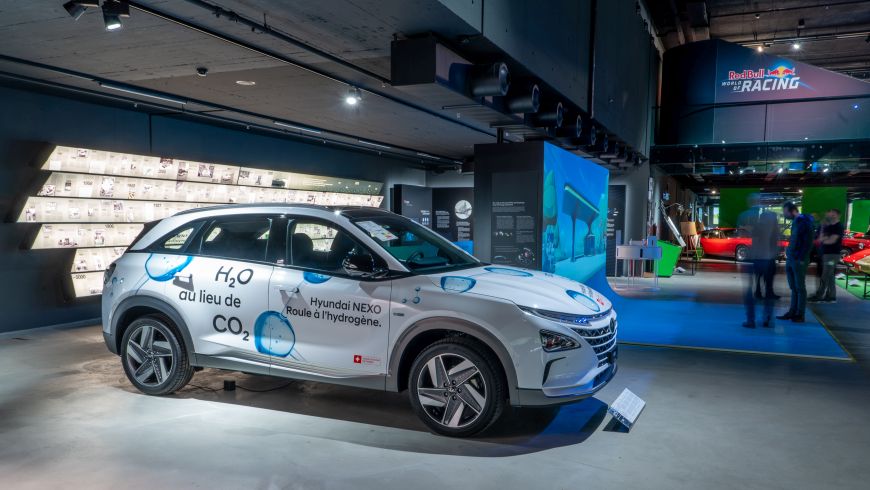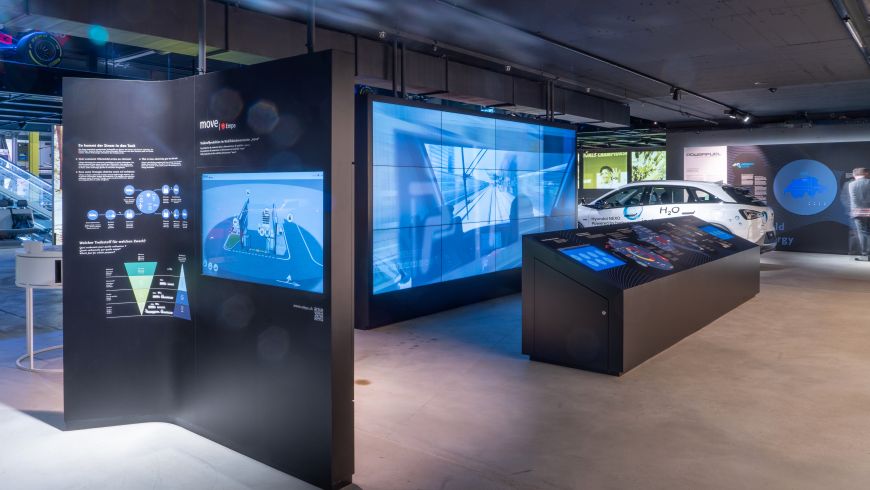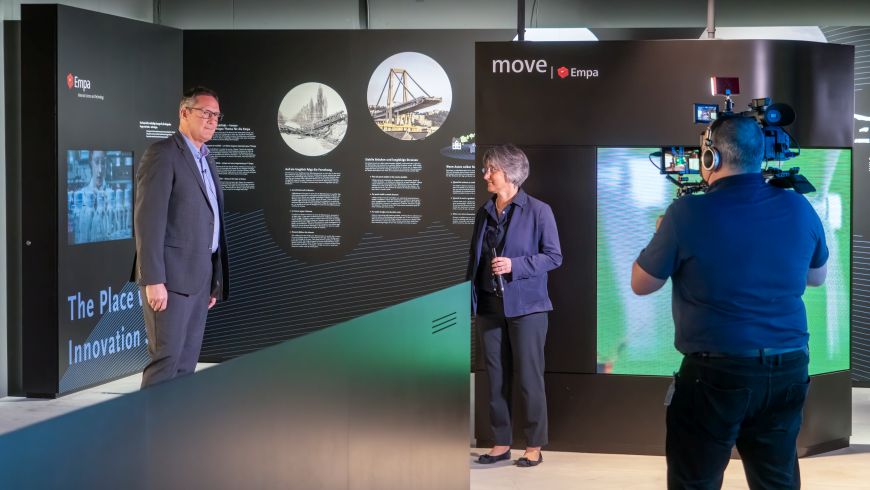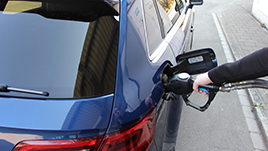New exhibition at the Swiss Museum of Transport
Powerfuel: Discovering the fuels of the future

Individual mobility is in a constant state of change in the search for ever more energy-efficient solutions. Also changing is the associated infrastructure, such as filling stations. This is because fuel diversification is needed with the aim of reducing CO2 emissions through technical developments. What’s the situation regarding hydrogen-powered mobility? How does a fuel cell vehicle work? How are liquid synthetic fuels produced? Where does Switzerland source its fuels? The new “Powerfuel” exhibition in the Swiss Museum of Transport’s Road Transport Hall provides answers to all these questions. The first hydrogen-powered locomotives and aircraft can be admired on a giant screen.

Making hydrogen virtually
Fuels from surplus renewable electricity

Olivier Burger
Verkehrshaus der Schweiz, Head of Communications
phone: +41 41 375 74 72,
Rainer Klose
Empa, Communications
phone: +41 58 765 47 33
Daniel Schindler
Avenergy, Head of Communications
phone: +41 79 902 31 08
Nicholas Blattner
Hyundai, Public Relations Manager
phone: +41 44 816 43 45
| Video |
| Audio |

Empa researcher Christian Bach explains which aspects of electromobility are "clean" and why hydrogen propulsion is more suitable for truck traffic. Migros sustainability podcast, «Chrut und Rüebli» on April 9, 2020 (in German)
